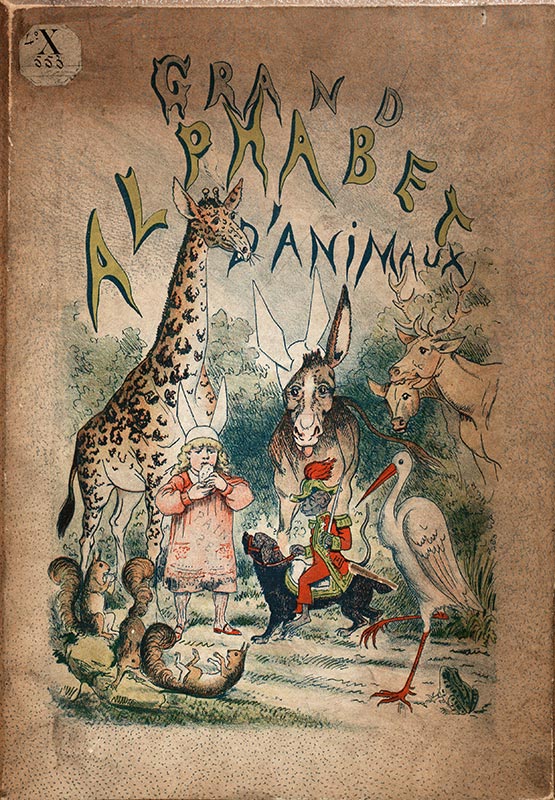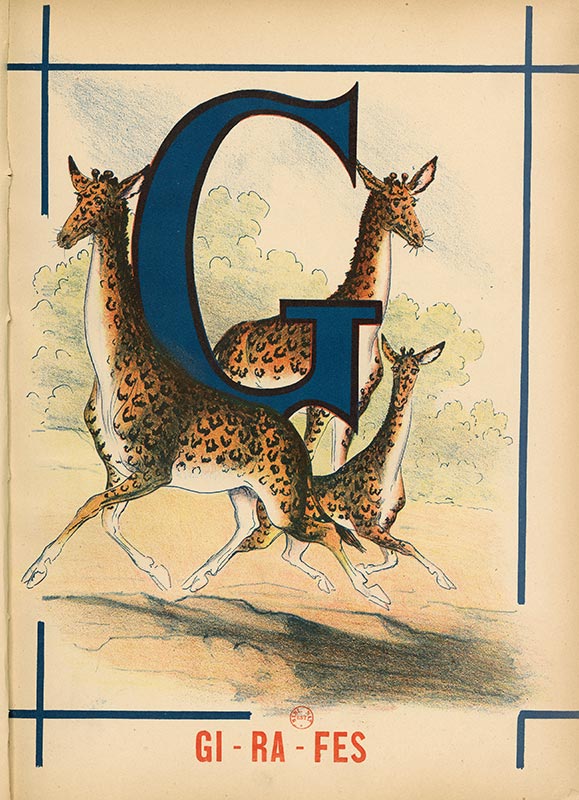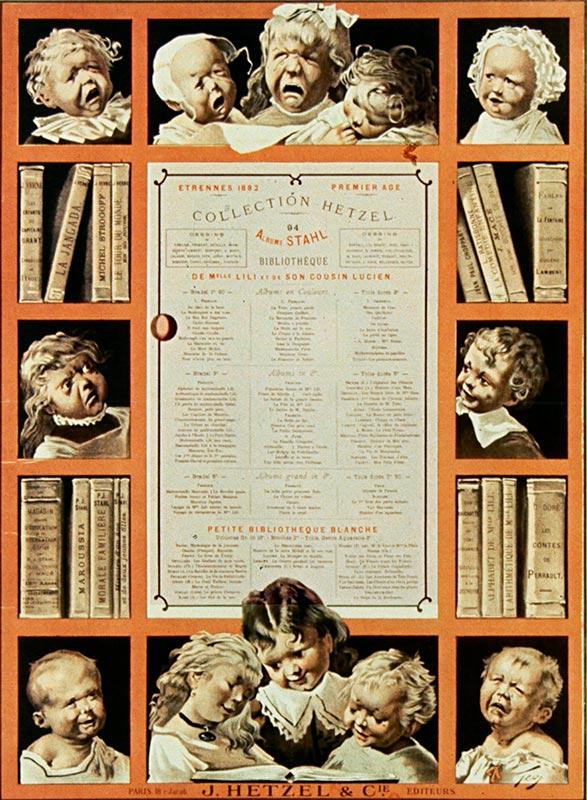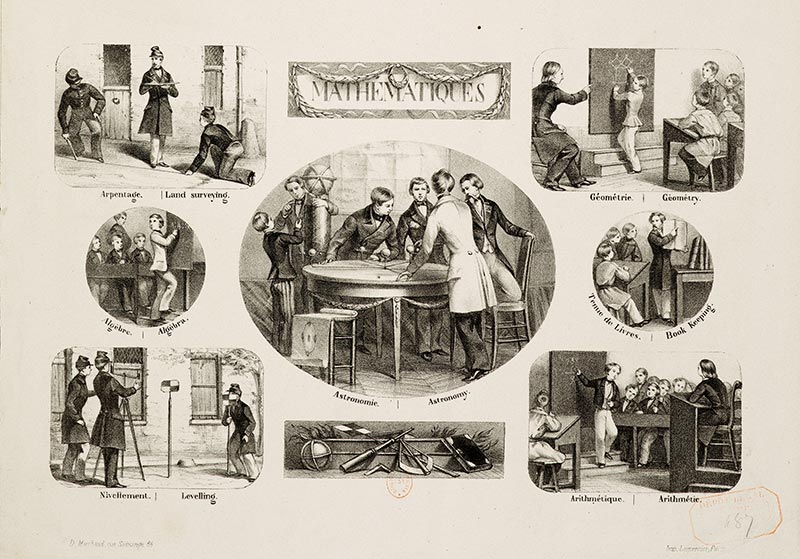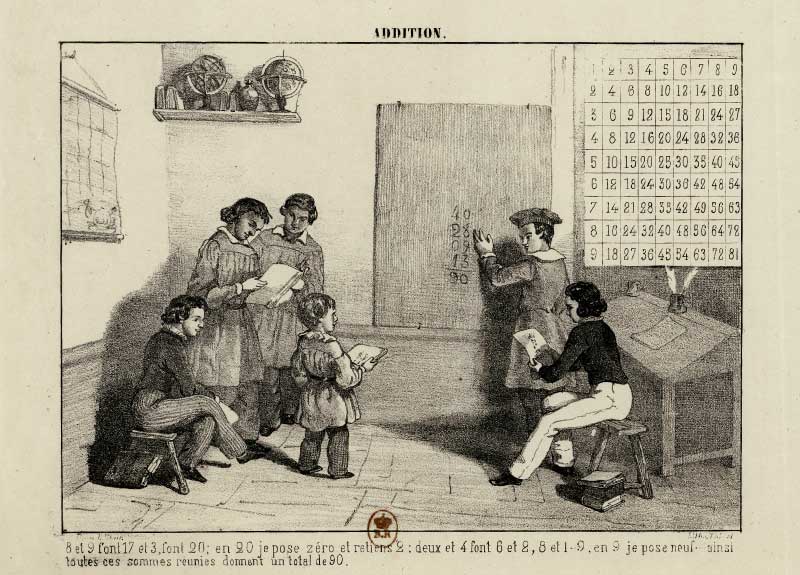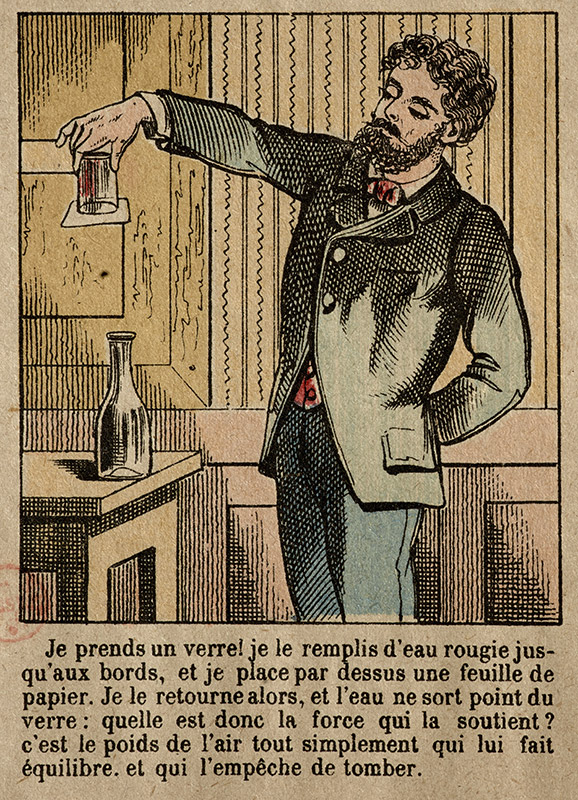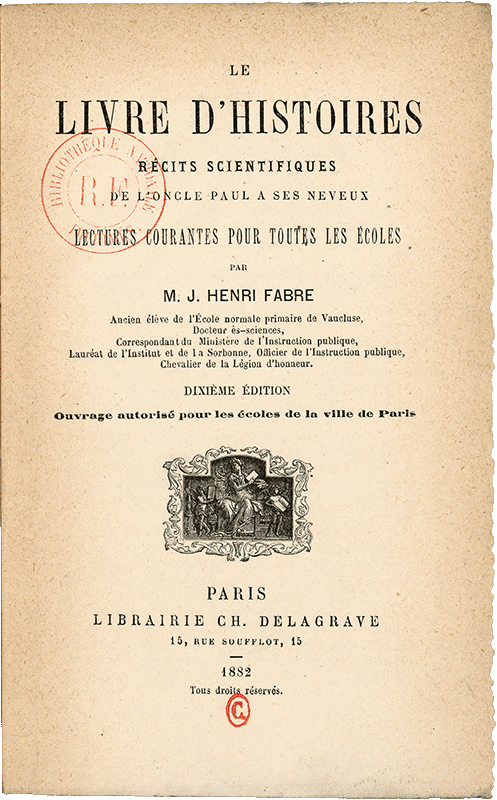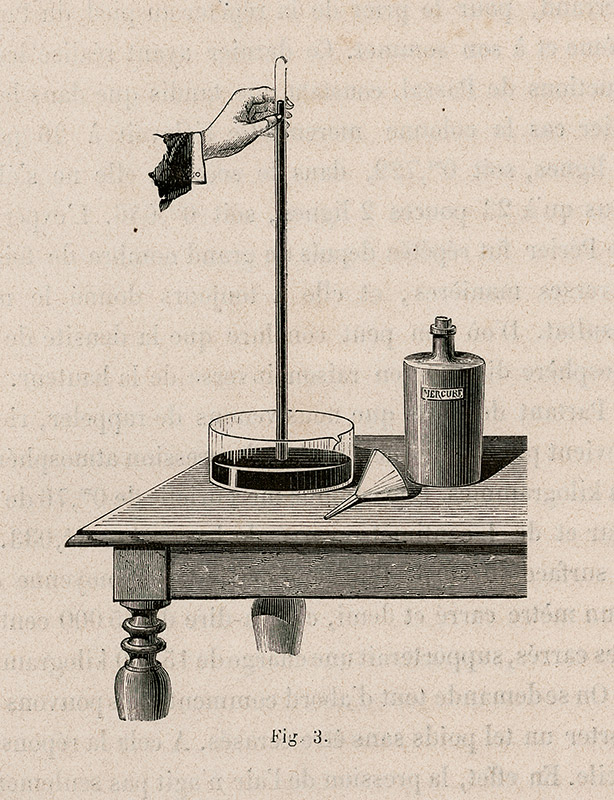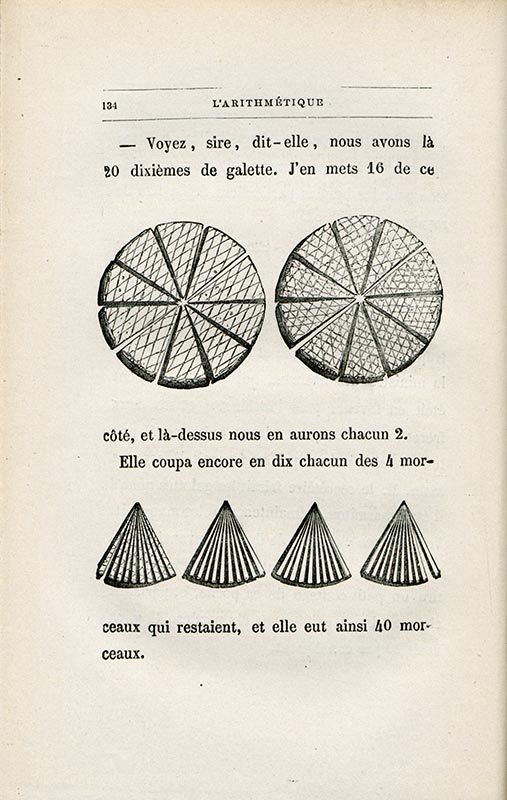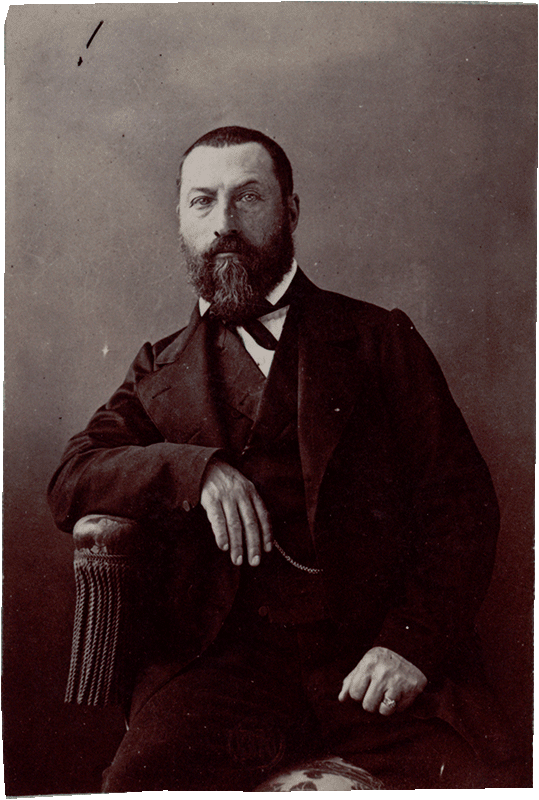Science in School
“Reforming public education was the great cause of his life, for in a country with universal suffrage, the need to provide each citizen with a minimum of knowledge and both intellectual and oral culture seemed to him to be the mandatory corollary to our democratic institutions.”
Robiquet, Paul, preface to Discours et opinions de Jules Ferry (Jules Ferry’s Speeches and Opinions), 1895, p. 1
Reading, writing and arithmetic were the three pillars of elementary education. Learning to read was facilitated by alphabet books that were often illustrated with science subjects. Some of them referred to recent events,
like the arrival of the first giraffe in France, in the zoo at the Jardin des Plantes on June 30, 1827.
L'arithmétique de Mademoiselle Lili: à l'usage de M. Toto pour servir de préparation à l'arithmétique du grand-papa
(Mademoiselle Lili’s Arithmetic: To Help Mr. Toto Prepare for Grandpa’s Arithmetic), Jean Macé and Ferdinand de Gramont, 1867.
Mademoiselle Lili
Publishers like Pierre-Jules Hetzel, with his Bibliothèque d’éducation et de recreation (Educational and Recreational Library) collection, specialized in books that aimed to educate children in a decidedly un-scholastic way.
They favored playful methods, like L’arithmétique de Mademoiselle Lili (Mademoiselle Lili’s Math), which came up with entertaining ways to learn to count.
It wasn’t until the mid 19th century that French primary schools really started to take an interest in science. In 1850, the Falloux Act officially included the physical sciences and natural history among the subjects that could be taught… although they remained optional.
Science education was reinforced with a series of laws sponsored by the statesman Jules Ferry, who served as Minister of Education in 1863.
La science à la portée de la main: experiments autour de l’air, extrait de la Série encyclopédique Glucq des leçons de choses illustrées
(“Science within Reach: Experiences with Air” excerpt from the Glucq Encyclopedic Series of Illustrated Practical Lessons), Imagerie Pellerin, 1905.
La science à la portée de la main: experiments autour de l’air, extrait de la Série encyclopédique Glucq des leçons de choses illustrées
(“Science within Reach: Experiences with Air” excerpt from the Glucq Encyclopedic Series of Illustrated Practical Lessons), Imagerie Pellerin, 1905.
Educational materials for the classroom, such as wall charts, were being developed. “Practical lessons” were short educational stories intended to instruct very young children and to put science “within their grasp.”
Teachers often used them as reading primers before they were replaced by real science textbooks.
Although primary school evolved at the same pace for girls and boys, girls had to wait until 1882 to be allowed to attend high school.
Natural history and geometry were on the girls’ curriculum in their final year, as were physics and chemistry.
